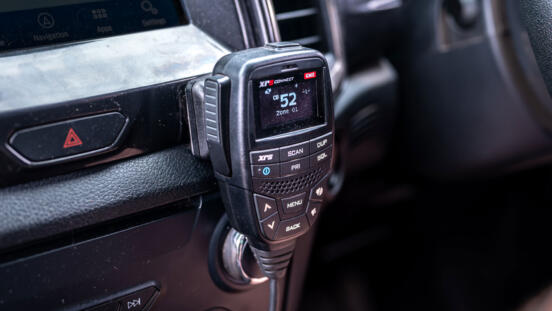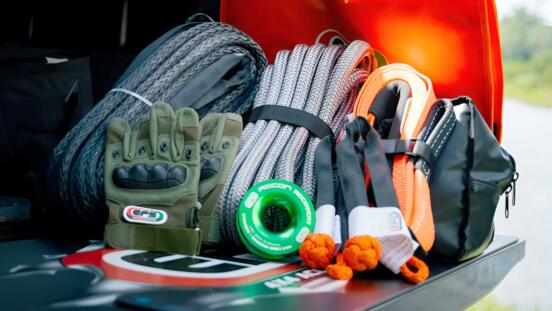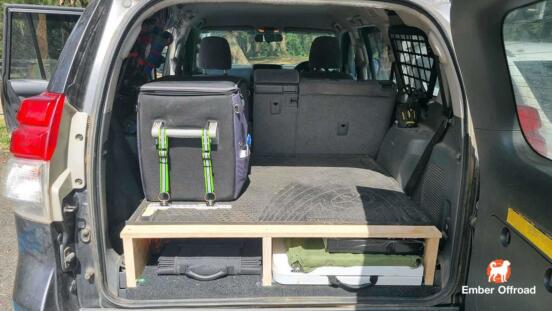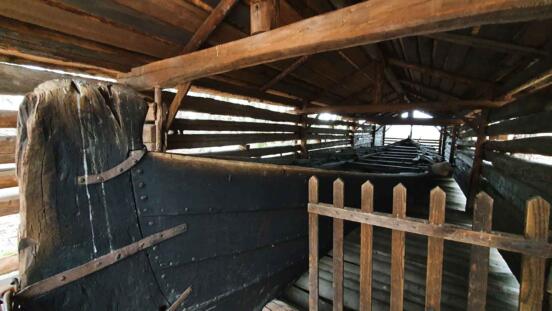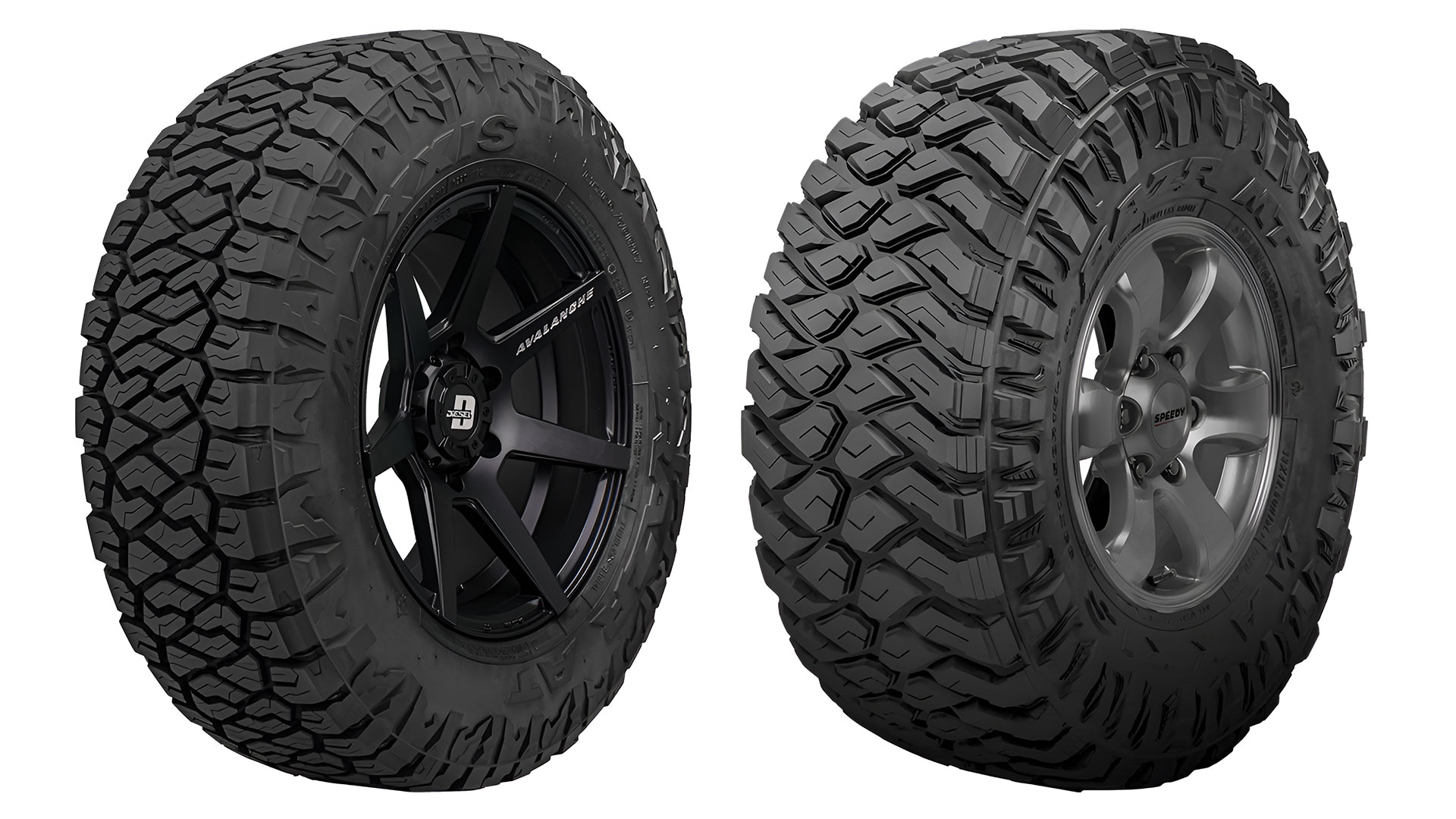
A question that comes up repeatedly in four-wheel-driving is how loud are mud-terrain tires. MT's are the kings off-road, but have a reputation for excessive noise on the road, which is an unappealing prospect for many drivers.
So let's measure the difference.
Bear in mind that results can vary greatly between vehicles. More modern vehicles, especially higher trim level and comfort versions are more likely to have good sound insulation from the factory, while older model vehicles and vehicles intended more for commercial/work use are sure to have less.
For the sake of making as much as an 'apples to apples' comparison, the following is based on my experience with Maxxis AT811 RAZR all-terrain (above left), and their MT772 RAZR mud-terrain (above right), both on a 150 Series Toyota Prado, weighing roughly 2,880kg (6,350lbs).
Note: The Prado does have some additional accessories like rubber floor mats, canvas seat covers, a boot false floor, etc. which could potentially deaden some sound compared to stock, but has no aftermarket sound insulation, and was the same in both tests.
In testing with a decibel meter with the above, traveling on a smooth, flat road at 80km/h (50mph), I found the all-terrain to have an average peak volume of about 71dB (decibels), and the mud-terrain to have an average of about 74dB.
I appreciate it's difficult to explain noise levels meaningfully to someone without them actually hearing the difference. At a glance, 71dB to 74dB might seem trivial; it's just a 4% increase, after all. However, how much volume increases in a measurable sense, and how we perceive this increase are very different. This is also significantly affected by our distance to the source of sound, and whether the sound comes as spikes or as a constant.
Speaking softly is roughly 30dB, so we'll use this as our baseline.
Conventional wisdom would suggest that 40dB would be 33% louder than 30dB, but this is not the case. In fact, for every 10dB increase over 30dB, the perceived volume roughly doubles. So:
- 40dB sounds twice as loud as 30dB to your ears.
- 50dB sounds twice as loud as 40dB, four times as loud as 30dB.
- 60dB sounds twice as loud as 50dB, eight times as loud as 30dB.
- 70dB sounds twice as loud as 60dB, sixteen times as loud as 30dB.
- 80dB sounds twice as loud as 70dB, thirty-two times as loud as 30dB.
You get the picture. You can see on this logarithmic scale how that seemingly trivial extra 3dB can be significant at higher volumes.
As a real-world example, a typical car horn is around 110dB, while a jet turbine is around 130dB. On paper, the jet turbine would seem to be 18% louder than the horn, but in reality, anyone who's walked to a plane with idling engines knows the turbine sounds immensely louder than this, even while you're much further away compared to the horn of a passing car.
Back to the tires... Whether or not this 3dB difference between the AT and MT makes a difference to you is, I think, going to depend on your vehicle and sensitivity to sound. If you're coming from a well-insulated passenger car with road tires, to a rough-and-tumble 4x4 with muddies, it's going to sound loud.
My primary 4x4 experience is based on years of driving a Toyota Prado 150; a moderately insulated vehicle; and a Toyota 76 Series wagon, a bare-bones vehicle with minimal sound insulation. Both also have roof racks and snorkels which add additional wind noise. I don't find I'm sensitive to noise, and the louder vehicles are something I'm accustomed to, so this makes little difference to me. You will likely also get acclimatized to the sound after a period of driving.
If you feel you are sensitive to noise, the best advice I can give is to find an opportunity to travel in a vehicle with mud-terrain tires for an hour's drive or so and see how much the noise weighs on you. As unsatisfying an answer as this is, this really is one that comes down to personal requirements and preferences.



